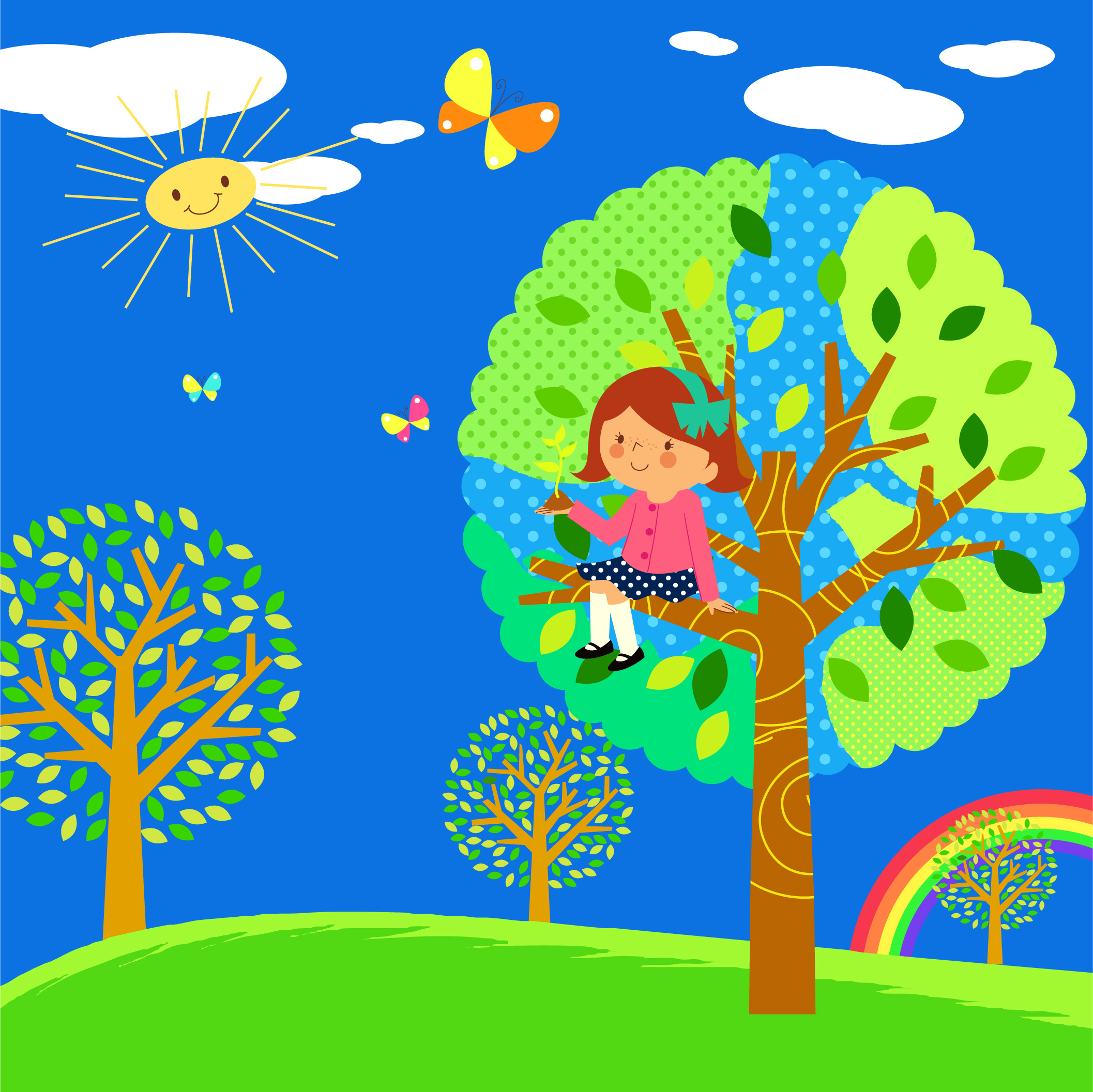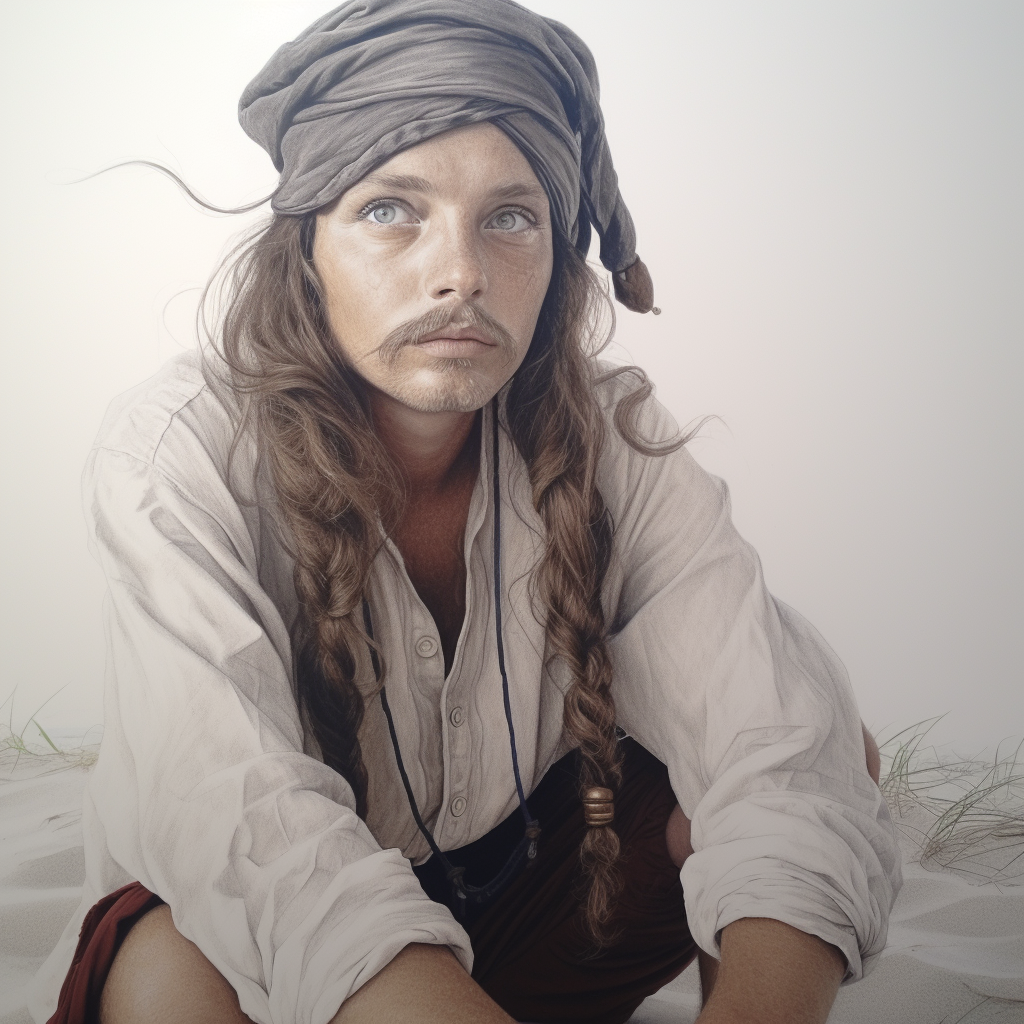Everglades National Park

Everglades National Park is the third largest park in the continental United States. The Everglades are made up of wetlands, a swamp, a lake, a prairie, a river, and grassland. The river is a very slow-moving river; it starts at Lake Okeechobee and empties into Florida Bay.
The park was established in 1947. The Everglades provide 6,000,000 people living in Florida with drinking water.
Before the area became a national park, Gladesmen lived there, surviving off the land by hunting and fishing.
Airboats are propelled by gigantic fans. These types of boats are used in the Everglades because of shallow water and vegetation.
There are many things to do in the park. Visitors may choose to camp. The park offers a tram tour. Canoe and kayak trails offer a great way to explore the natural beauty of the marsh and mangrove forests.
There are hiking trails and bike trails. Bring plenty of water and be aware of weather conditions. Insects can be a year-round nuisance so bring insect repellent with you as you explore.
There are many endangered species in the park. You may see the swallowtail butterfly, bald eagle, West Indian manatee, American crocodile, leatherback turtle, and Florida panther.
-Sandra Merville Hart
Sources:
“Everglades: National Park, Florida,” National Park Service, 2014/12/16 http://www.nps.gov/ever/index.htm.
Flynn, Sarah Wassner. National Geographic Kids: National Parks Guide U.S.A., National Geographic Society, 2012.
McHugh, Erin. National Parks: A Kid’s Guide to America’s Parks, Monuments, and Landmarks, Black Dog & Leventhal Publishers, Inc., 2012.
Palmerlee, Danny; Bendure, Glenda; Friary, Ned; Karlin, Adam; Matchar, Emily; Sainsbury, Brendan. Discover USA’s Best National Parks, Lonely Planet Publications, 2012.





